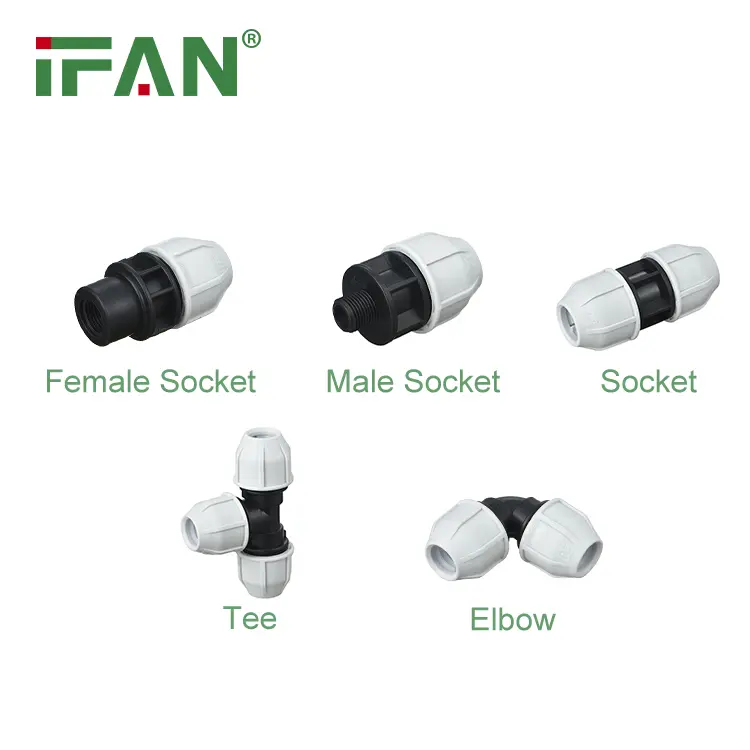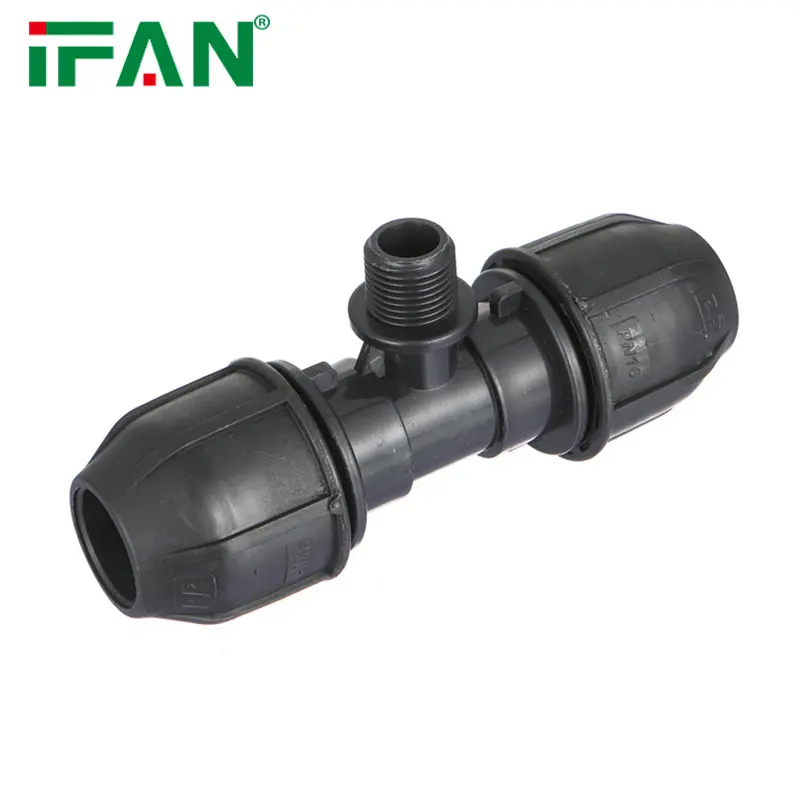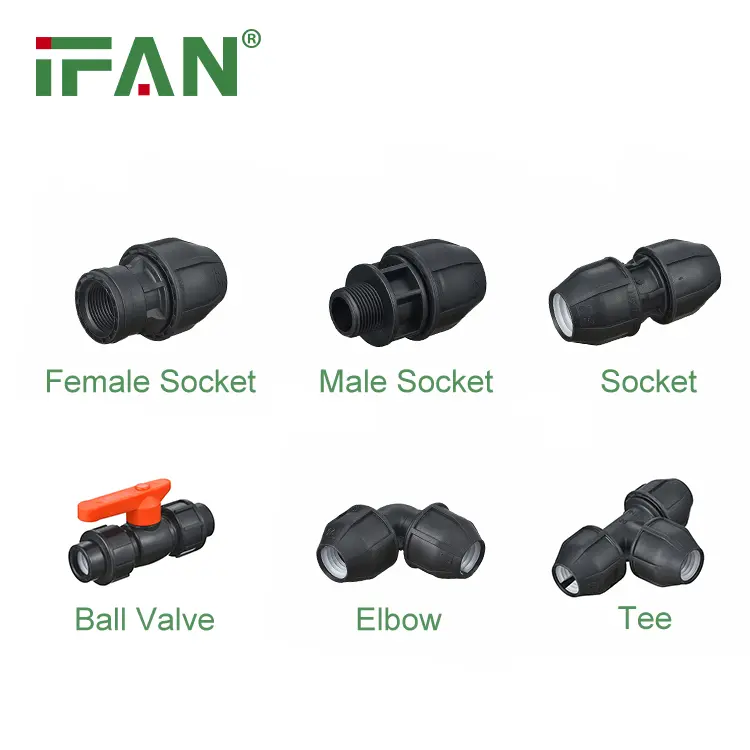Polypropylene (PP) elbows are essential components in building pipe systems. They allow for smooth changes in direction within pipelines. This article discusses the advantages of using PP elbows in construction, focusing on their durability, chemical resistance, and cost-effectiveness.
Durability
One of the primary advantages of them is their durability. They can withstand high pressures and temperatures, making them suitable for various applications. Unlike metal fittings, PP elbows do not rust or corrode over time. This resistance extends their lifespan, reducing the need for frequent replacements.
For example, in commercial buildings, PP elbows can last for decades without degradation. This longevity ensures a reliable plumbing system, which is crucial for both residential and commercial properties.
Chemical Resistance
PP elbows offer excellent chemical resistance. They can handle a wide range of chemicals without breaking down. This property makes them ideal for environments where chemical exposure is common, such as laboratories or manufacturing facilities.
In an industrial setting, using PP elbows can prevent leaks and failures caused by chemical reactions. For instance, when transporting acidic or alkaline solutions, PP elbows maintain their integrity, ensuring safety and efficiency.
Lightweight and Easy to Handle
Another significant advantage of them is their lightweight nature. They are much lighter than metal counterparts, making them easier to transport and install. This feature reduces labor costs during installation and makes handling simpler.
For example, in large construction projects, using lightweight materials can speed up the installation process. Workers can easily maneuver PP elbows without heavy lifting equipment, saving time and effort.
Cost-Effectiveness
PP elbows are also cost-effective. Their lower initial purchase price compared to metal fittings can lead to substantial savings. Additionally, their durability means fewer replacements over time, further reducing long-term costs.
In a building project budget, choosing the can free up funds for other critical areas. For instance, investing in high-quality PP elbows can enhance the overall efficiency of the plumbing system without overspending.
Versatility in Applications
The versatility of them makes them suitable for various applications. They can be used in drainage systems, hot and cold water supply lines, and even HVAC systems. This adaptability is crucial in modern building designs, where multiple systems often intersect.
For example, in a multi-use building, PP elbows can connect different systems seamlessly. This flexibility ensures that engineers can design efficient plumbing and ventilation systems without worrying about compatibility issues.
Environmental Considerations
Using PP elbows also has environmental benefits. Polypropylene is recyclable, making it a more sustainable choice compared to some traditional materials. This feature aligns with the growing trend towards eco-friendly building practices.
In construction projects, opting for recyclable materials can enhance a project’s green credentials. By using PP elbows, builders contribute to waste reduction and resource conservation, which benefits the environment.
Reduced Noise Levels
Another advantage of them is their ability to reduce noise levels in plumbing systems. The material absorbs sound better than metal, leading to quieter operation. This characteristic is particularly important in residential buildings.
For instance, using them in a home’s plumbing system can minimize the noise of flowing water. This benefit enhances the comfort of living spaces, making them more enjoyable for residents.
Easy Installation and Maintenance
Installation and maintenance of them are straightforward. They can be joined using various methods, including heat fusion and solvent cementing. This flexibility simplifies the installation process, reducing the time required to complete plumbing work.
In addition, maintenance is minimal. Regular inspections are typically sufficient to ensure that PP elbows remain in good condition. This ease of maintenance contributes to overall system efficiency.
IFAN International Standard for HDPE Tubing
IFAN recognizes several key standards for HDPE, ensuring quality and performance across various applications. These include ASTM D3035 and ASTM D3350, which specify the material properties and dimensions for HDPE piping. Additionally, the ISO 4427 series and EN 12201 standards provide guidelines for the use of HDPE in water supply systems. Other important standards include DIN 8074/8075, GB/T 13663 series, AS/NZS 4130, JIS K6760, BS 6572, and CSA B137.1, all of which outline specifications for HDPE pipes and fittings in different regions and applications. Collectively, these standards facilitate the safe and efficient use of HDPE in infrastructure projects worldwide.
Conclusion
In summary, PP elbows provide numerous advantages in building pipe systems. Their durability, chemical resistance, and cost-effectiveness make them a preferred choice among engineers and builders. Additionally, their lightweight nature, versatility, and environmental benefits further enhance their appeal.
By incorporating PP elbows into construction projects, builders can create efficient, reliable, and sustainable plumbing systems. As the industry continues to evolve, the use of materials like PP elbows will play a vital role in modern construction practices.
If you have read this article and have any questions, please feel free to contact IFAN. Below is our contact information:
Whatsapp:+86 13373827623
Email:[email protected]




















































